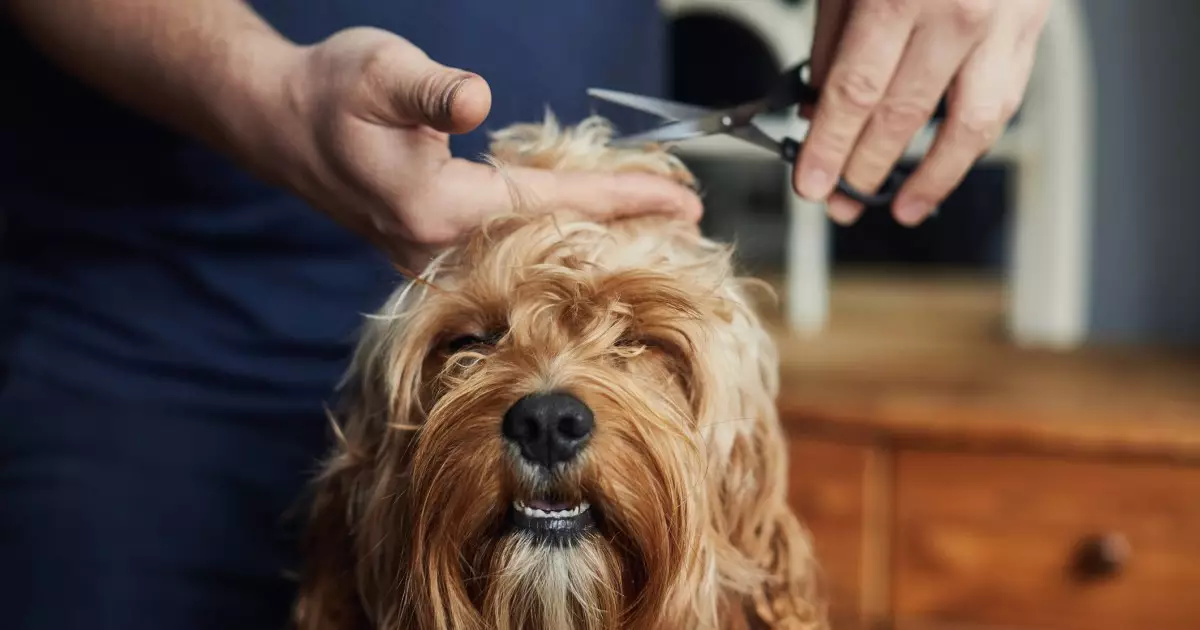Owning a dog comes with a plethora of responsibilities, one of the most vital being grooming. While dogs have their own methods of self-grooming—think of your pet rolling around on the carpet or chewing its fur—it’s often not enough to keep their coat healthy and free of tangles and dirt. Just as humans occasionally need help with their appearance, so do our canine companions. Fortunately, you don’t need to visit a professional groomer every time your dog’s coat looks unkempt. With a few effective tips and tricks, you can maintain your furry friend’s grooming needs right at home.
Grooming your dog involves several components: washing, cutting, brushing, and drying. It requires patience, knowledge of your dog’s coat type, and a good understanding of its grooming needs. One critical aspect to consider is timing. It’s best to groom your dog when it’s calm and relaxed—perhaps after a walk or some playtime. By starting off on the right foot, you’re set for a smoother grooming experience.
Start your grooming sessions short, ideally around five to ten minutes, until your dog becomes accustomed to the handling process. Gradually increase the time as your dog gets more comfortable. Always remember to praise your dog and offer treats—a comforting approach will encourage your furry friend to see grooming as a positive experience rather than a stressful chore.
Dogs gather dirt and debris in their fur during everyday activities. Regular brushing is not just about aesthetics; it also plays a critical role in keeping your dog’s coat and skin healthy. The grooming tools you use should reflect your dog’s coat type. For dogs with smooth, short fur, such as Chihuahuas and Beagles, weekly grooming suffices.
Start the grooming session by loosening dead skin and dirt with a soft bristle brush. Follow this with a stiffer bristle brush to further remove dead hair. To finish, rub a chamois cloth over your dog to enhance the sheen of the coat. Ensuring you choose the right tools will not only make the process easier for you, but also more enjoyable for your pet.
For breeds prone to matting, like Labrador Retrievers or Huskies, adopting a weekly routine is essential. Use a slicker brush to tackle tangles, followed by a bristle brush to eliminate any lingering dead hair. Don’t forget to comb through the tail area.
Long-haired breeds, such as Cocker Spaniels, require a more dedicated grooming regimen. Implement daily grooming to avoid mats and tangles, utilizing different brushes for different layers of fur. For extremely long-haired breeds, periodic trimming of the fur around sensitive areas becomes necessary.
Bathing is a crucial part of your dog’s grooming routine. The general recommendation is to bathe your dog at least once every three months, but dogs who spend more time outdoors may need more frequent washes. Use gentle shampoos formulated specifically for pets to minimize the risk of skin irritation.
Before bathing, brush your dog to eliminate loose hair and mats. Creating a slip-free environment is vital during a bath, so consider using a rubber mat. When washing, make sure you use lukewarm water and keep shampoo away from sensitive areas such as the ears and eyes. As you rinse, be conscientious about checking your dog’s ears for dirt and odors, and use a vet-approved cleaning solution as needed.
After the bath, it’s time for drying. Some dogs will instinctively want to roll in the dirt right after bathing, so keeping them indoors momentarily can save you from a repeat bathing session.
Nail trimming can be one of the more daunting aspects of grooming for both pets and their owners. Start by inspecting your dog’s paws for any debris. When using nail trimmers, aim to cut at a slight angle and avoid the quick, which is a sensitive area within the nail. If you accidentally cut into the quick, having styptic powder on hand can help stop any bleeding.
Introduce nail trimming gradually, letting your dog become familiar with the tools over time. Maintaining regular grooming, including nail trimming, can significantly improve your dog’s comfort and health.
Certain breeds, like Pugs and Shar-Peis, require additional attention due to their unique skin folds and wrinkles. Cleaning between these folds with damp cotton can help prevent dirt buildup. Similarly, breeds with long, droopy ears should have their ears checked weekly for wax and debris, employing cotton wads with mineral oil for cleaning.
Understanding your dog’s grooming needs based on its breed and coat type is essential for mastering home grooming. With practice, patience, and a little love, grooming can transform from a daunting task into a bonding experience for both you and your furry companion.

